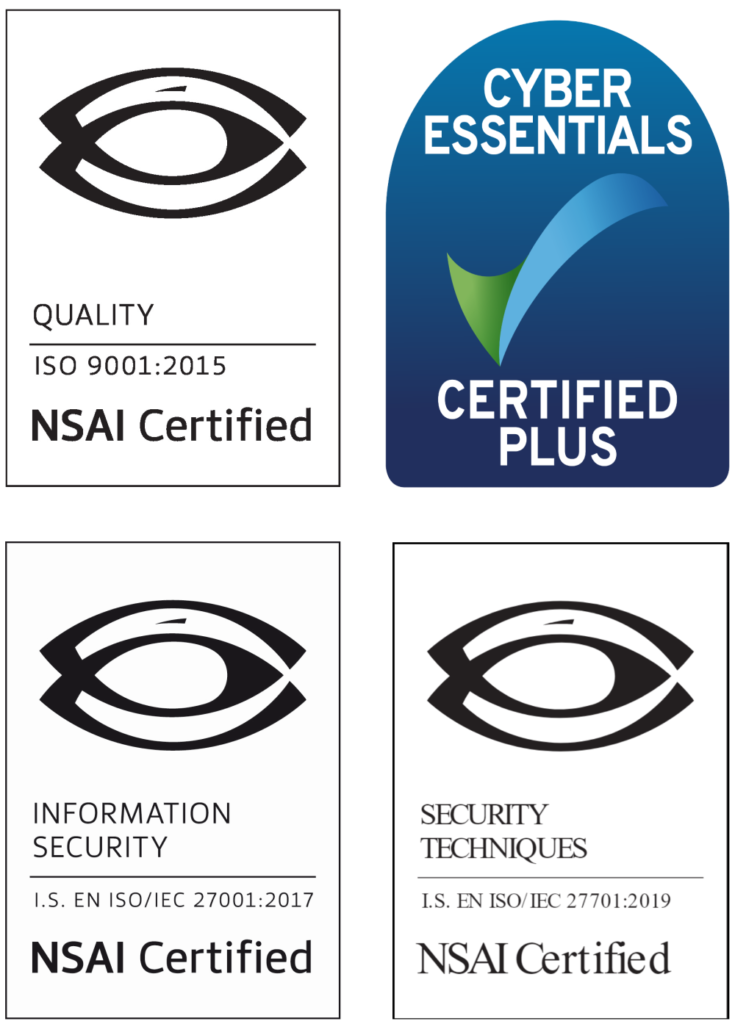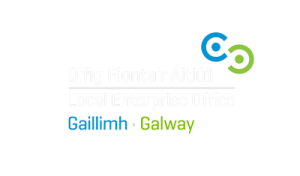BPM
Although many organizations use written words alone to describe their processes and project requirements, in most cases it does prove more advantageous to portray the essence of such work in the form of a visual representation. This is where Business Process Modelling comes into play. The use of modelling language enables organisations to portray their processes pictorially, thus minimizing the potential for Stakeholder misinterpretations when it comes to complex subject matter.
At MAPS, we have a wealth of experience when it comes to realising the full potential of this technique and regularly work closely with our customers to produce clear and conscience process mappings. Since the 1960’s, there have been countless iterations and versions of notational languages devised. BPMN 2.0 (Business Process Model and Notation) is the standardised graphical notation language that is favoured not only by MAPS but by many leading professional service providers globally, for the purpose of process modelling.
As with all languages, the vocabulary is clearly defined, and organised in such a way that allows readers to easily follow a sequence of events from beginning to end. Released in 2011, BPMN 2.0 was created by the Object Management Group (OMG), a non-profit technology standards consortium that governs and maintains the standard. The resource is not owned by any commercial enterprise and is as such is open source and free to avail of.
You can find an example of the BPMN 2.0 symbol set MAPS use to visually capture, analyse, understand, automate, and optimize our customers processes here.

To find out more about BPMN visit www.omg.org/spec/BPMN/2.0/ or contact us directly to find out more about how this technique can help realise your business’s needs.






